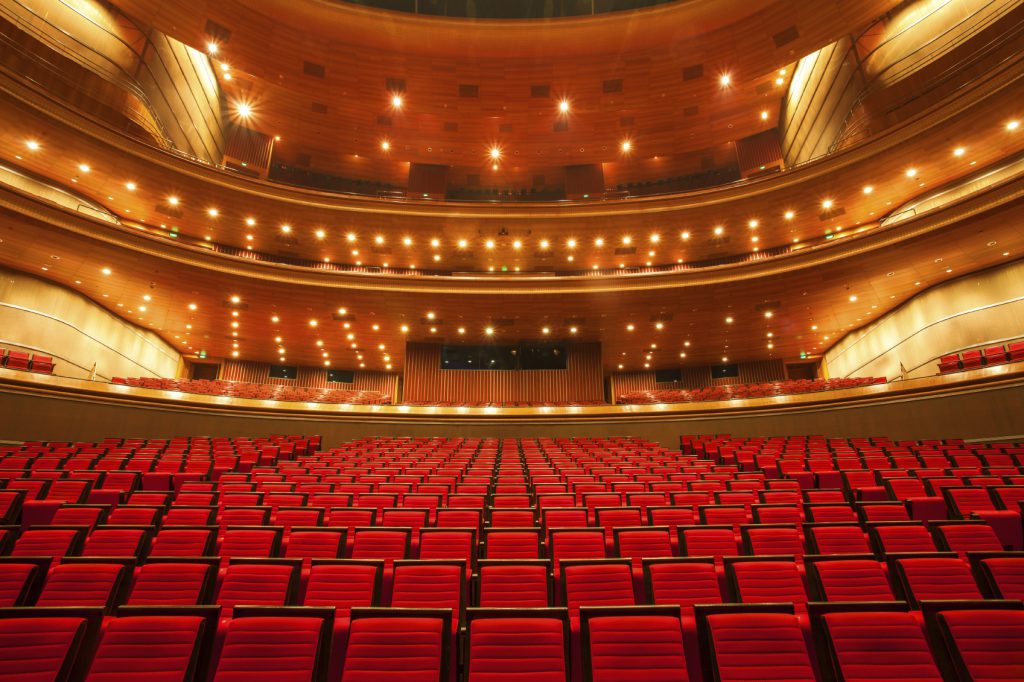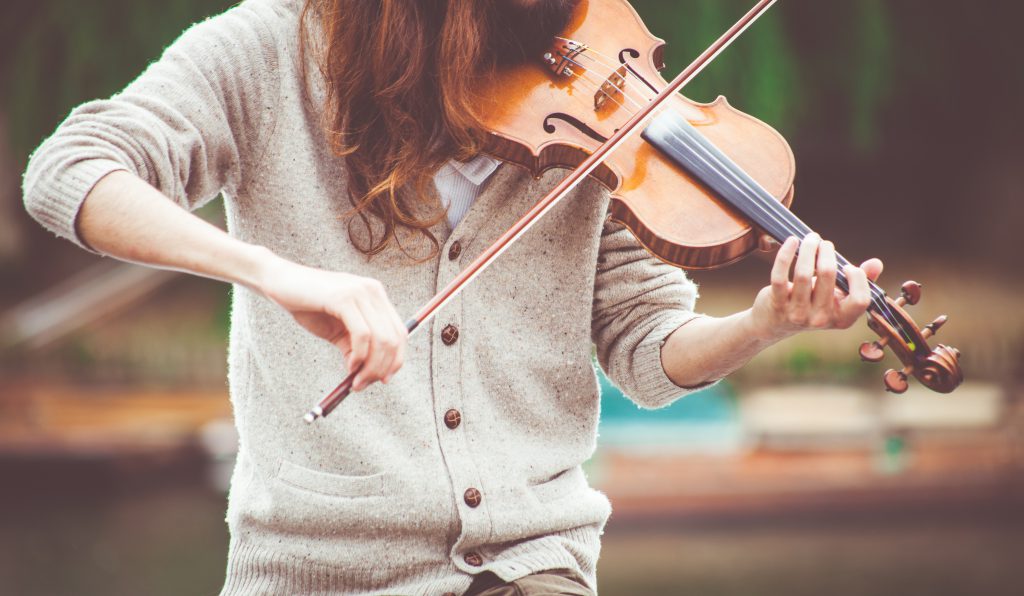[et_pb_section admin_label=”section”][et_pb_row admin_label=”Row” make_fullwidth=”off” use_custom_width=”off” width_unit=”on” use_custom_gutter=”off” custom_padding=”||0px|” padding_mobile=”off” allow_player_pause=”off” parallax=”off” parallax_method=”off” make_equal=”off” parallax_1=”off” parallax_method_1=”off” parallax_2=”off” parallax_method_2=”off” column_padding_mobile=”on”][et_pb_column type=”2_3″][et_pb_text admin_label=”Text” background_layout=”light” text_orientation=”left” use_border_color=”off” border_color=”#ffffff” border_style=”solid”]
Alberto Giordano was born in Genova in the 1960s and was raised in the era when rock and roll ruled the air-waves and wild colors and long hair ruled the fashion scene. In spite of this, Alberto chose to embark on his journey to learn violin making. He studied at Cremona Violin School with Vincenzo Bissolotti, Wanna Zambelli and Stefano Conia Sr., trained further in Sesto Rocchi’s laboratory and continued his apprenticeship in the workshop of Joseph Curtin and Gregg Alf. He returned to Genova to establish his own workshop in 1987, partly because of the Paganini legacy, but partly because of a most beautiful Genovese girl, Patrizia, who he married, and they now live and work together happily in vibrant and fascinating old part of the city. Genova hasn’t changed much over the centuries thanks to its geographical location, wedged into the foothills of the mountains that frame the Gulf of Genova where river Bisagno meets the Ligurian Sea. You still walk through narrow alleyways and cobbled streets, surrounded by tall buildings that have stood on this spot for centuries.
You can forget about wearing high heels or using Google Maps on the smartphone when you wander this district, but ask any shop owner around the via Garibaldi where is the ‘Maestro Liutaio’s’ workshop and you can rest assured that they will point you to Alberto’s shop. In this setting Alberto creates his own instruments, but also continues to provide the upkeep and ongoing preservation of the famous ‘Il Cannone’ Guarneri ‘del Gesù’.
[/et_pb_text][/et_pb_column][et_pb_column type=”1_3″][et_pb_image admin_label=”Image” src=”http://stringsmusichorizons.com/wp-content/uploads/2017/05/grey.jpg” show_in_lightbox=”off” url_new_window=”off” use_overlay=”off” animation=”left” sticky=”off” align=”left” force_fullwidth=”off” always_center_on_mobile=”on” use_border_color=”off” border_color=”#ffffff” border_style=”solid” /][et_pb_testimonial admin_label=”Testimonial” url_new_window=”off” quote_icon=”off” use_background_color=”on” background_color=”#f5f5f5″ background_layout=”light” text_orientation=”left” use_border_color=”off” border_color=”#ffffff” border_style=”solid”]
Age:
Location:
Plays:
Speciality:
[/et_pb_testimonial][/et_pb_column][/et_pb_row][et_pb_row admin_label=”row” make_fullwidth=”off” use_custom_width=”off” width_unit=”on” use_custom_gutter=”off” custom_padding=”20px||20px|” padding_mobile=”off” allow_player_pause=”off” parallax=”off” parallax_method=”off” make_equal=”off” parallax_1=”off” parallax_method_1=”off” column_padding_mobile=”on”][et_pb_column type=”4_4″][et_pb_text admin_label=”Text” background_layout=”light” text_orientation=”left” use_border_color=”off” border_color=”#ffffff” border_style=”solid”]
This violin, once owned and played by the great Niccolò Paganini and now the property of the City of Genova, has since 1851 been housed nearby in the beautiful Palazzo Doria Tursi. Alberto also continues his own personal development and education, not only within the world of violin making but also in the fields of art and philosophy. In March 2015, he was awarded a Master’s Degree with Honours in the History of Art at the University of Genova, Faculty of Letters and Philosophy. He also continues the never-ending researches in documenting the rich history of Genovese violin making, in such works as his book on the life and work of Cesare Candi as well as the book on the nineteenth century violin makers of Liguria that he published with Eric Blot.
[/et_pb_text][/et_pb_column][/et_pb_row][et_pb_row admin_label=”Row” make_fullwidth=”off” use_custom_width=”off” width_unit=”on” use_custom_gutter=”off” custom_padding=”0px|||” padding_mobile=”off” allow_player_pause=”off” parallax=”off” parallax_method=”off” make_equal=”off” parallax_1=”off” parallax_method_1=”off” parallax_2=”off” parallax_method_2=”off” column_padding_mobile=”on”][et_pb_column type=”1_3″][et_pb_gallery admin_label=”Gallery” gallery_ids=”3840,3834″ fullwidth=”on” show_title_and_caption=”on” show_pagination=”off” background_layout=”dark” auto=”off” hover_overlay_color=”rgba(255,255,255,0.9)” caption_all_caps=”off” use_border_color=”off” border_color=”#ffffff” border_style=”solid”] [/et_pb_gallery][/et_pb_column][et_pb_column type=”2_3″][et_pb_text admin_label=”Text” background_layout=”light” text_orientation=”left” use_border_color=”off” border_color=”#ffffff” border_style=”solid”]
You would probably not be surprised to know that Alberto has collaborated with many players over the years, including the late great Ruggiero Ricci in his 2001 ‘The Legacy of Cremona’ project, in which maestro Ricci included one of the Alberto’s ‘Cannone’ copy in a recording featuring fine contemporary violins. However, it might come as a surprise to know that Alberto also collaborated with the Czech choreographer Jiri Kylan for the opening of the Norwegian Opera and Ballet Theatre in Oslo in 2008, creating a series of musical instruments for the opening ballet “World Beyond”. You will be pleasantly surprised on playing Alberto’s own instruments at their rich sound which surrounds your whole being with the warm depth and powerful voice in the upper register, not unlike that of ‘Il Cannone’ itself! But, when you consider Alberto’s warm character and kind and generous nature, it is no surprise that his personality is reflected in their sound.
[/et_pb_text][et_pb_cta admin_label=”Call To Action” title=”This violin is available for purchase. If you are interested in finding out more then please contact us.” button_url=”/contact” url_new_window=”off” button_text=”Contact Us” use_background_color=”on” background_color=”#ffffff” background_layout=”light” text_orientation=”center” use_border_color=”off” border_color=”#ffffff” border_style=”solid” custom_button=”off” button_use_icon=”default” button_icon_placement=”right” button_on_hover=”on” button_letter_spacing_hover=”0″ saved_tabs=”all”] [/et_pb_cta][/et_pb_column][/et_pb_row][/et_pb_section]








